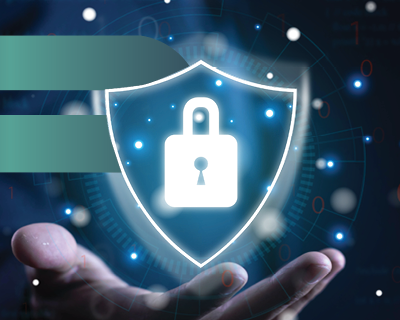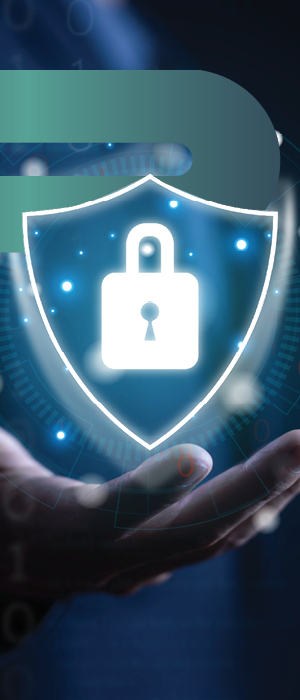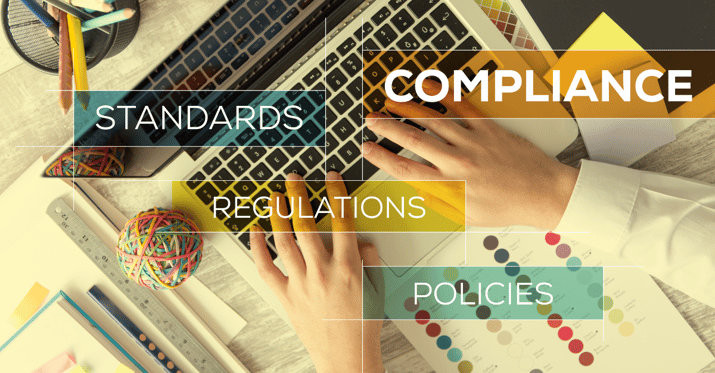CMMC Logging Requirements: What You Must Monitor, Retain, and Report

STEAL OUR CMMC LEVEL 2 STRATEGY
The exact roadmap we used to pass our CMMC Level 2 assessment. Download the strategy and use it as your own.
Explore NowEXECUTIVE BRIEF
To meet Cybersecurity Maturity Model Certification (CMMC) compliance and protect your standing in the defense supply chain, contractors must take logging and continuous monitoring seriously. CMMC is a Department of Defense (DoD) framework designed to ensure that contractors and subcontractors implement appropriate cybersecurity practices to protect sensitive government information like Federal Contract Information (FCI) and Controlled Unclassified Information (CUI).
- Logging is a cornerstone of CMMC compliance, especially maturity Level 2 – for organizations handling CUI
- Key controls—Access Control, Audit and Accountability, and Incident Response—require detailed and timely log management
- Tools like Security Information and Event Management (SIEM) and Intrusion Detection Systems (IDS) help contractors detect threats in real time and fulfill reporting requirements
- Continuous monitoring enhances visibility, strengthens response, and reduces cyber risk across the supply chain
Understanding CMMC Logging Requirements
According to the 2024 Cost of a Data Breach Report by Ponemon Institute and IBM Security, organizations that leverage AI and automation—which includes tools like SIEM systems that are built on log data and continuous monitoring—to security prevention saw the biggest impact in reducing the cost of a breach, saving an average of USD $2.2 million over those organizations without such practices.
Logging, in the context of CMMC, refers to capturing and analyzing data about user actions, system events, and security-related incidents across your network. These logs serve as a forensic trail to detect unauthorized access and other anomalies.
Under CMMC 2.0, logging requirements vary by level:
- Level 1: Basic safeguarding of FCI with minimal logging needs
- Level 2: Significant emphasis on logging, particularly around access control and incident response for environments with CUI
The National Institute of Standards and Technology (NIST) defines continuous monitoring as maintaining ongoing awareness of information security, vulnerabilities, and threats. For CMMC, this translates into real-time visibility and rapid response to ensure a compliant security posture. Event and incident logging are key to a robust continuous monitoring system, serving as the foundation for identifying anomalies and proving due diligence—both of which are imperative to achieving and maintaining CMMC certification.
Core Security Controls for CMMC Logging
Several CMMC controls directly relate to logging and monitoring:
- Access Control: Ensures only authorized users can access sensitive data, requiring log trails to monitor user activity.
- Audit and Accountability: Mandates generating, protecting, and reviewing audit logs and event types.
- Incident Response: Involves identifying and reporting suspicious behavior in real time, often based on log analysis.
- System and Communications Protection: Supports secure information transmission and requires mechanisms to monitor unauthorized communications.
- System and Information Integrity: Requires detection and correction of system flaws, often triggered by log alerts or anomalies.
- Configuration Management: Involves monitoring system changes and unauthorized configuration alterations through log tracking.
- Maintenance: Relates to logging remote and local maintenance activities to ensure they’re performed securely and by authorized personnel.
These requirements align with NIST SP 800-171, the backbone of CMMC Level 2, reinforcing the need to document and act on security events effectively.
Logging vs. Monitoring: What’s the Difference?
While often used interchangeably, logging and monitoring serve distinct but complementary functions in CMMC compliance:
- Logging is the process of collecting and storing data on system events, user activity, and security incidents. These logs serve as records that support investigations, audits, and ongoing threat detection
- Monitoring involves actively reviewing and analyzing these logs—either manually or with automation—to identify potential threats, performance issues, or policy violations in real time
In short, logging captures the evidence, while monitoring interprets it. Both are essential under CMMC Level 2 to detect, respond to, and document security incidents effectively.

STEAL OUR CMMC LEVEL 2 STRATEGY
Want a proven path to CMMC Level 2? Download our strategy doc‚ it's the same one we use with top defense contractors.
Informed by our own Level 2 Certification
Actionable Playbook You Can Follow
7 Key Takeaways from our C3PAO Audit
Avoid common pitfalls that delay certification
Tools and Technologies for Efficient Log Management
Modern security tools simplify logging and monitoring:
- SIEM tools collect, normalize, and analyze logs across systems to detect threats
- IDS help identify unauthorized access and anomalies based on patterns in log data
Automation plays a key role in filtering noise and prioritizing alerts. While CMMC doesn’t mandate SIEM, it is highly recommended to manage complex log data efficiently and meet Level 2 audit expectations.
Challenges of Implementing CMMC Logging
Even with strong tools, contractors face several challenges:
- Data Overload: Excessive logs can obscure critical issues if not properly filtered
- Resource Constraints: Smaller contractors may lack the personnel, expertise, or tools for round-the-clock monitoring
- Integration Hurdles: Disparate systems and tools often make unified log collection and analysis difficult
Failure to address these issues can lead to non-compliance, loss of contract eligibility, or even reputational damage.
Best Practices for Overcoming Logging Challenges
Here’s how contractors can build a sustainable logging strategy:
- Adopt Cloud-Based Solutions: They offer flexibility and reduce infrastructure burdens
- Leverage Managed Service Providers (MSPs): MSPs bring specialized knowledge and 24/7 monitoring
- Use Automation to Prioritize Alerts: Focus attention on imminent risks with intelligent alerting tools
ISI Insight: Continuous monitoring transforms compliance from a checklist into a proactive defense strategy. When threats emerge, logged data provides context for faster decision-making.
The Role of Continuous Monitoring in Compliance
Continuous monitoring is the real-time evaluation of security controls and system health. Within CMMC, it’s crucial for:
- Detecting vulnerabilities and suspicious behavior
- Enabling immediate incident response
- Supporting audits with documented logs and reports
By implementing continuous monitoring, contractors ensure their cybersecurity defenses remain dynamic—not reactive.
Continuous Monitoring as Part of Holistic Cybersecurity
Beyond compliance, logging and continuous monitoring are central to a resilient cybersecurity strategy. They:
- Support threat hunting and breach investigations
- Enable risk-based decision-making
- Demonstrate maturity and transparency to DoD partners
- Quickly identifies threats and vulnerabilities, equipping your business with the insights to mitigate potential costly breaches
These capabilities build trust and strengthen your standing in the supply chain when implemented correctly.
Master CMMC Logging Requirements to Elevate Your Security Posture
For DoD subcontractors, meeting CMMC requirements isn't just a regulatory box to check—it's a critical measure to safeguard FCI and CUI from cyber threats.
Effective logging and continuous monitoring are not just CMMC requirements –they're business enablers. They protect sensitive data, streamline response efforts, and show prime contractors you’re a reliable partner.
Contact ISI today for a tailored CMMC compliance strategy and move closer to your certification goals.
FAQs
How does automation support CMMC logging compliance?
Automation plays a critical role in managing CMMC logging requirements by helping contractors prioritize alerts, reduce manual review, and maintain detailed log records for audits. It ensures that threats are flagged and addressed promptly to maintain compliance and security posture.
Why are third-party assessments crucial for verifying logging practices under CMMC Level 2?
Because they're required for most Level 2 contractors. Third-party assessments ensure that your logging and monitoring practices meet the expectations of NIST SP 800-171 and CMMC. Less than 5% of contractors will certify via self-assessment due to the sensitivity of the CUI they manage.
How much does non-compliance with CMMC logging requirements cost in the long run?
The financial risks of non-compliance can be severe—ranging from lost contracts to potential False Claims Act penalties. Inadequate logging can undermine incident response and audit readiness, which may lead to disqualification from DoD opportunities.
While there’s no fixed number, non-compliance can result in ineligibility for defense contracts and potential False Claims Act penalties that reach into the 7- or 8-figure range.
Internal Links:


